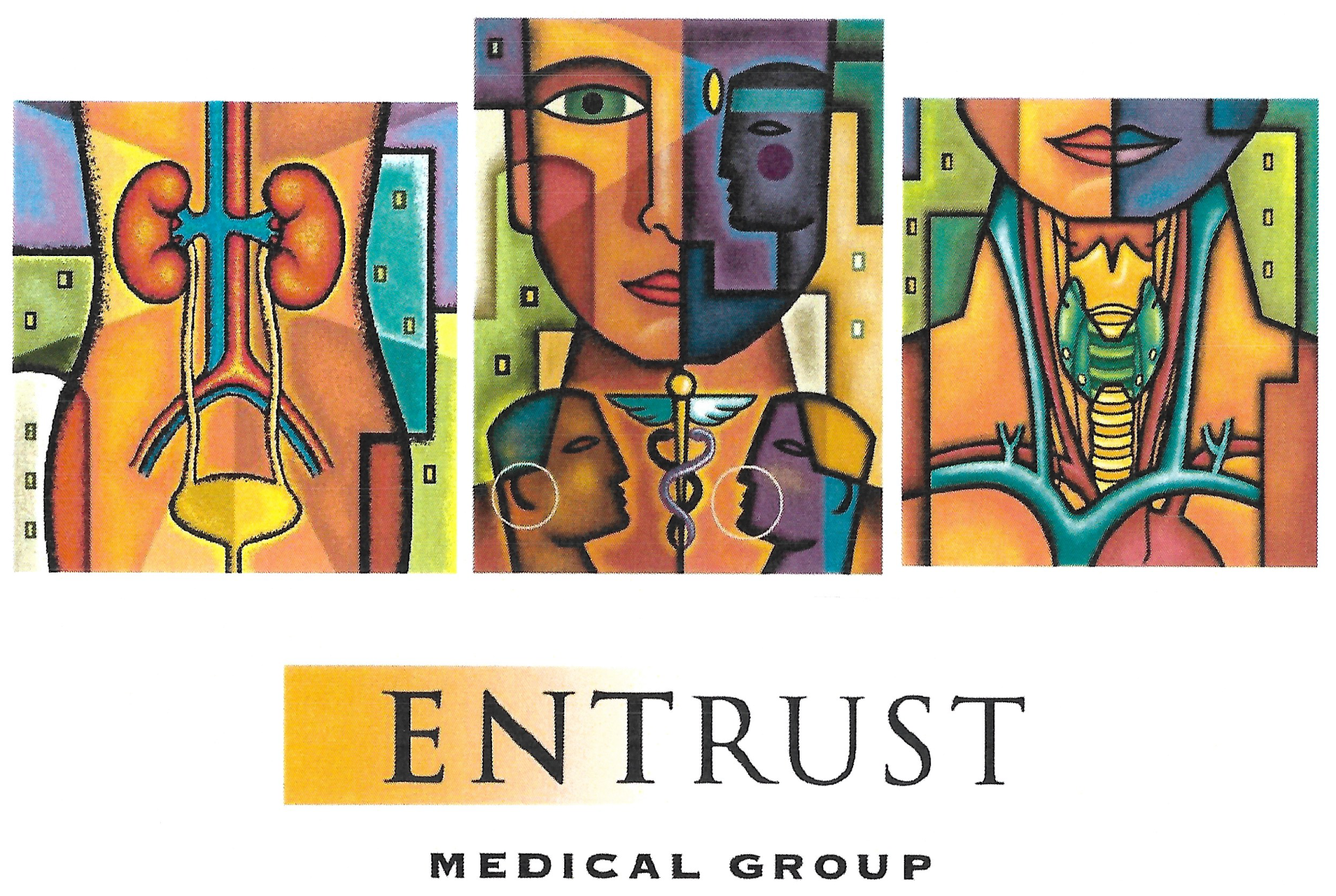Endoscopic Sinus Surgery (FESS)
Functional endoscopic sinus surgery (FESS): FESS involves the insertion of the endoscope, a very thin fiber-optic tube, into the nose for a direct visual examination of the openings into the sinuses. With state of the art micro-telescopes and instruments, abnormal and obstructive tissues are then removed. In the majority of cases, the surgical procedure is performed entirely through the nostrils, leaving no external scars. There is little swelling and only mild discomfort.
The advantage of the procedure is that the surgery is less extensive, there is often less removal of normal tissues, and can frequently be performed on an outpatient basis. After the operation, the patient will sometimes have nasal packing. Ten days after the procedure, nasal irrigation may be recommended to prevent crusting.
Image guided surgery
The sinuses are physically close to the brain, the eye, and major arteries, always areas of concern when a fiber optic tube is inserted into the sinus region. The growing use of a new technology, image guided endoscopic surgery, is alleviating that concern. This type of surgery may be recommended for severe forms of chronic sinusitis, in cases when previous sinus surgery has altered anatomical landmarks, or where a patient’s sinus anatomy is very unusual, making typical surgery difficult.
Image guidance is a near-three-dimensional mapping system that combines computed tomography (CT) scans and real-time information about the exact position of surgical instruments using infrared signals. In this way, surgeons can navigate their surgical instruments through complex sinus passages and provide surgical relief more precisely. Image guidance uses some of the same stealth principles used by the United States armed forces to guide bombs to their target.
Septoplasty
Septoplasty is the preferred surgical treatment to correct a deviated septum. This procedure is not generally performed on minors, because the cartilaginous septum grows until around age 18. Septal deviations commonly occur due to nasal trauma.
A deviated septum may cause one or more of the following:
- Blockage of one or both nostrils
- Nasal congestion, sometimes one-sided
- Frequent nosebleeds
- Frequent sinus infections
- At times, facial pain, headaches, postnasal drip
- Noisy breathing during sleep (in infants and young children)
Septoplasty is a surgical procedure performed entirely through the nostrils, accordingly, no bruising or external signs occur. The surgery might be combined with a rhinoplasty, in which case the external appearance of the nose is altered and swelling/bruising of the face is evident. Septoplasty may also be combined with sinus surgery.
The time required for the operation averages about one to one and a half hours, depending on the deviation. It can be done with a local or a general anesthetic, and is usually done on an outpatient basis. After the surgery, nasal packing is inserted to prevent excessive postoperative bleeding. During the surgery, badly deviated portions of the septum may be removed entirely, or they may be readjusted and reinserted into the nose.
If a deviated nasal septum is the sole cause for your chronic sinusitis, relief from this severe disorder will be achieved.

